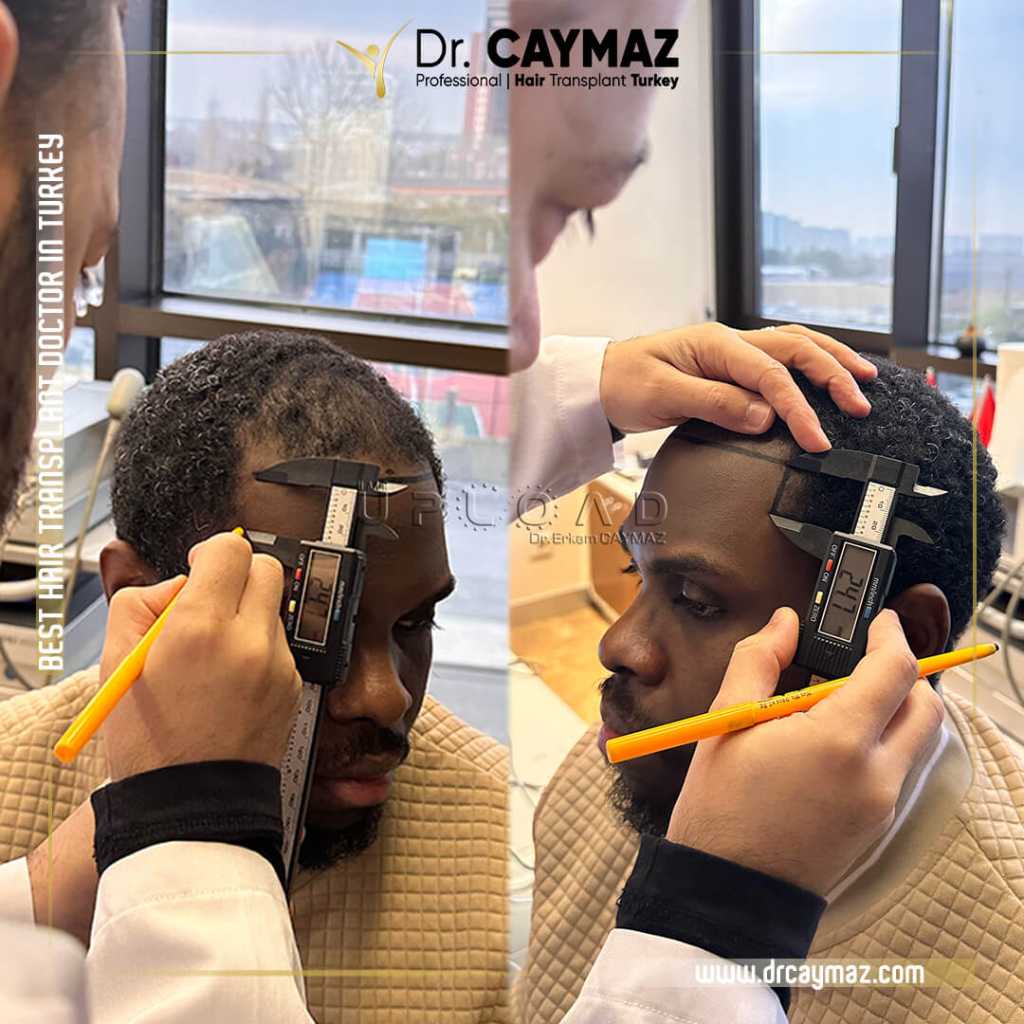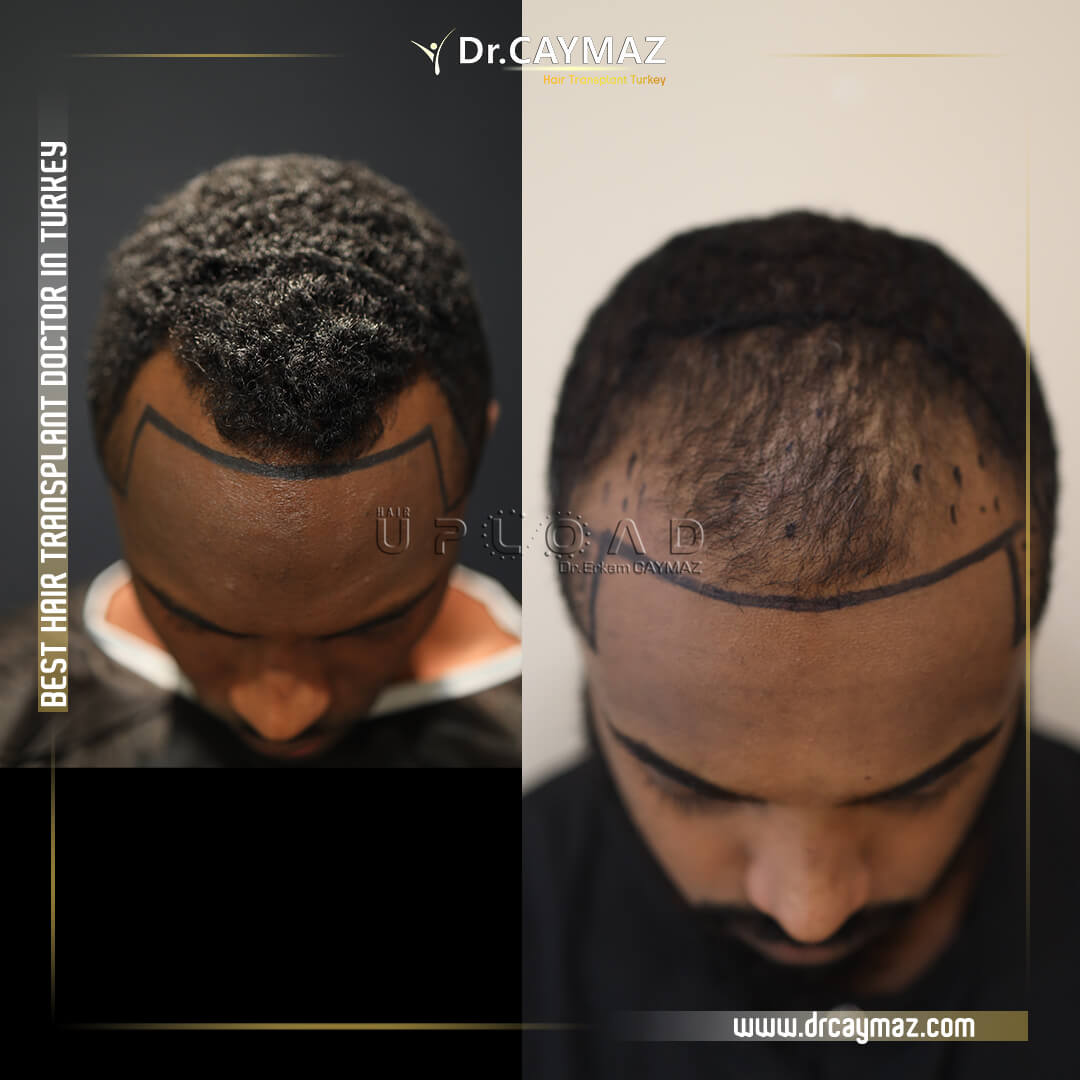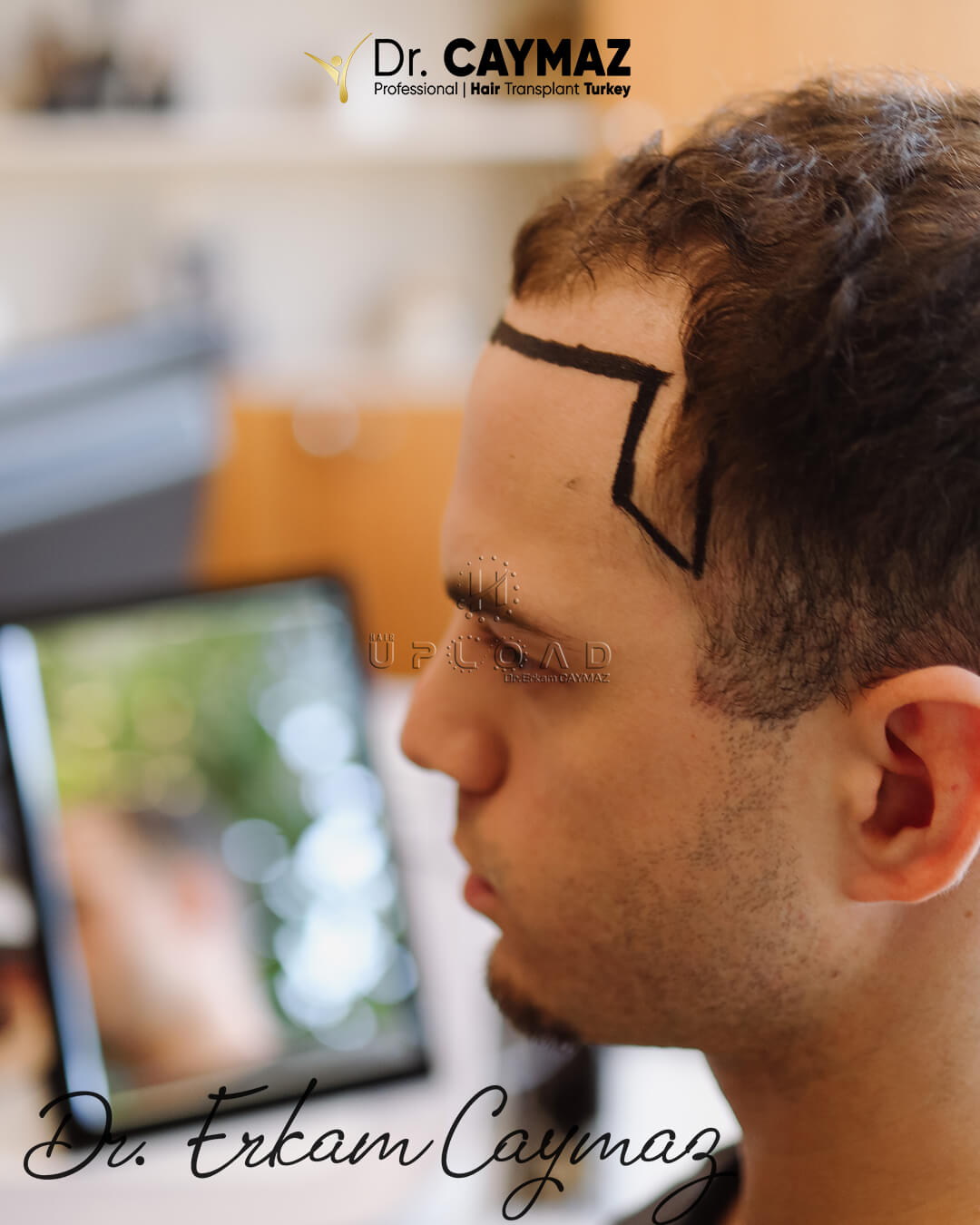Hairline restoration is a crucial aspect of hair transplantation, and the design of the hairline plays a pivotal role in achieving natural-looking results. The hairline not only frames the face but also contributes significantly to the overall aesthetic outcome of the procedure. Therefore, understanding the importance of the hairline and addressing patient preferences regarding its design are essential considerations in hair transplant surgery.
The hairline defines the shape and contour of the face, serving as the boundary between the forehead and scalp. A well-executed hairline restoration involves more than just transplanting hair follicles. It requires careful planning and artistic skill to create a natural-looking hairline that complements the individual’s facial features. Factors such as hair density, direction and shape of the hairline must be taken into consideration to achieve optimal results.
Importantly, patients are entitled to express their preferences regarding how they want to look. As with any cosmetic procedure, patient autonomy plays an important role in hair transplantation. Patients often have specific desires and expectations regarding the appearance of their hairline, which may be influenced by factors such as personal aesthetics, cultural norms, and individual style preferences.

During the consultation process, it is important for the surgeon to listen to the patient’s concerns and preferences regarding the desired hairline design. Collaborative decision-making between the surgeon and patient ensures that the final hairline design reflects the patient’s wishes while adhering to surgical principles and aesthetic standards. This approach enhances the likelihood of achieving natural-looking results that harmonize with the patient’s facial features, while also promoting patient satisfaction.
Although it is important to consider patient preferences when it comes to hairline design, it is equally crucial for the surgeon to provide informed guidance and recommendations based on their expertise and understanding of aesthetic principles. Surgeons must balance patient desires with surgical feasibility and aesthetic considerations to ensure optimal outcomes. Open communication and mutual respect between surgeon and patient are key to achieving satisfactory hair transplant results.
In conclusion, the hairline plays a main role in hair transplantation, contributing significantly to the overall aesthetic outcome of the procedure. Patients have the right to express their preferences regarding hairline design and collaborative decision-making between the surgeon and the patient is essential in achieving satisfactory results. By considering patient preferences alongside surgical expertise and aesthetic principles, surgeons can create natural-looking hairlines that enhance the patient’s appearance and self-confidence.






